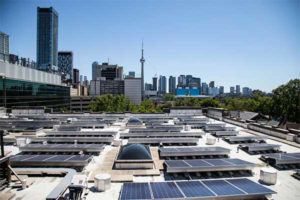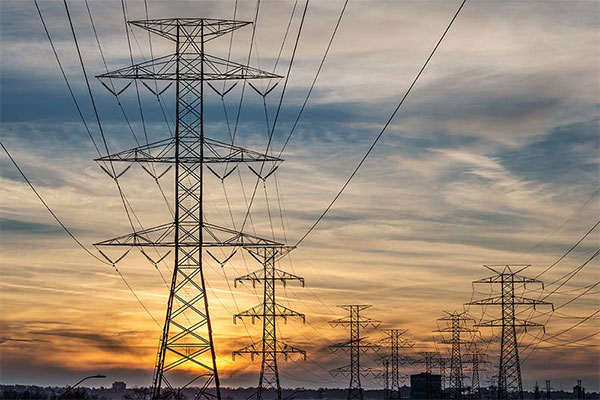- Canada is making a major push toward a clean energy future with a $500 million investment in modernizing its electricity grid.
- This funding will enhance the grid’s ability to integrate renewable energy and withstand future challenges.
- Can Canada’s electricity infrastructure keep pace with the growing demand for clean and affordable energy?
In a move to bolster it’s transition to clean energy, Canada feds announced up to $500 million in new funding for the Smart Renewables and Electrification Pathways (SREPs) program.

Canada is a North American country stretching from the U.S. in the south to the Arctic Circle in the north. Major cities include massive Toronto, west coast film centre Vancouver, French-speaking Montréal and Québec City, and capital city Ottawa.
This latest commitment, unveiled by Minister of Energy and Natural Resources Jonathan Wilkinson, is part of a broader strategy to strengthen Canada’s electricity grid and integrate renewable energy sources.
The funding will support projects that improve grid reliability, expand the use of renewable technologies, and ensure affordable electricity for Canadians.
The $4.5 billion SREPs program, first launched in 2021, has “already delivered significant results, with over 2,700 megawatts of renewable energy capacity deployed through 72 projects.”
As Wilkinson noted during the announcement, “By making historic investments in clean electricity, this government is positioning Canadians to take advantage of the economic opportunities presented by the clean economy.”
Supporting Grid Modernization and Renewable Integration
The new funding will be distributed through the Utility Support Stream (USS), which is designed to help utilities and system operators modernize their infrastructure. By expanding transmission and distribution systems, the USS will enhance the integration of renewable energy, increase efficiency, and improve the resilience of Canada’s power grids in the face of growing demand and extreme weather events.
This modernization effort is crucial as Canada works to meet its net-zero emissions goal by 2050.
Projects supported by the USS will focus on increasing the use of renewable energy while ensuring the power grid can withstand future challenges.
The initiative also aligns with regional objectives set by the government in partnership with provincial and territorial leaders.
Promoting Sustainable Community Projects

Researchers at U of T and in the U.S. found that relatively few people know what is meant by “green infrastructure,” a potential obstacle in addressing climate change. (Johnny Guatto – University of Toronto Mississauga)
During the announcement at the University of Toronto, which is set to host Canada’s first grid modernization centre, Wilkinson highlighted other local projects supported by the SREPs program.
The YMCA of Greater Toronto, for example, received nearly $770,000 to explore renewable technologies like geothermal and solar power as part of its broader sustainability goals.
Lesley Davidson, President and CEO of the YMCA of Greater Toronto, emphasized the impact of the funding: “This marks a major step in reducing our carbon footprint and building a more resilient future.”
A Path to a Cleaner, Affordable Energy System
As Canada accelerates its transition to clean energy, the need for robust infrastructure is more critical than ever.
The $500 million in new funding marks a pivotal moment in the country’s energy evolution, ensuring that utilities have the resources to build a grid that is not only sustainable but also cost-effective for consumers.
This investment underscores the government’s long-term vision: a resilient, clean electricity system that powers Canada’s economy and protects the environment for future generations.













Comments